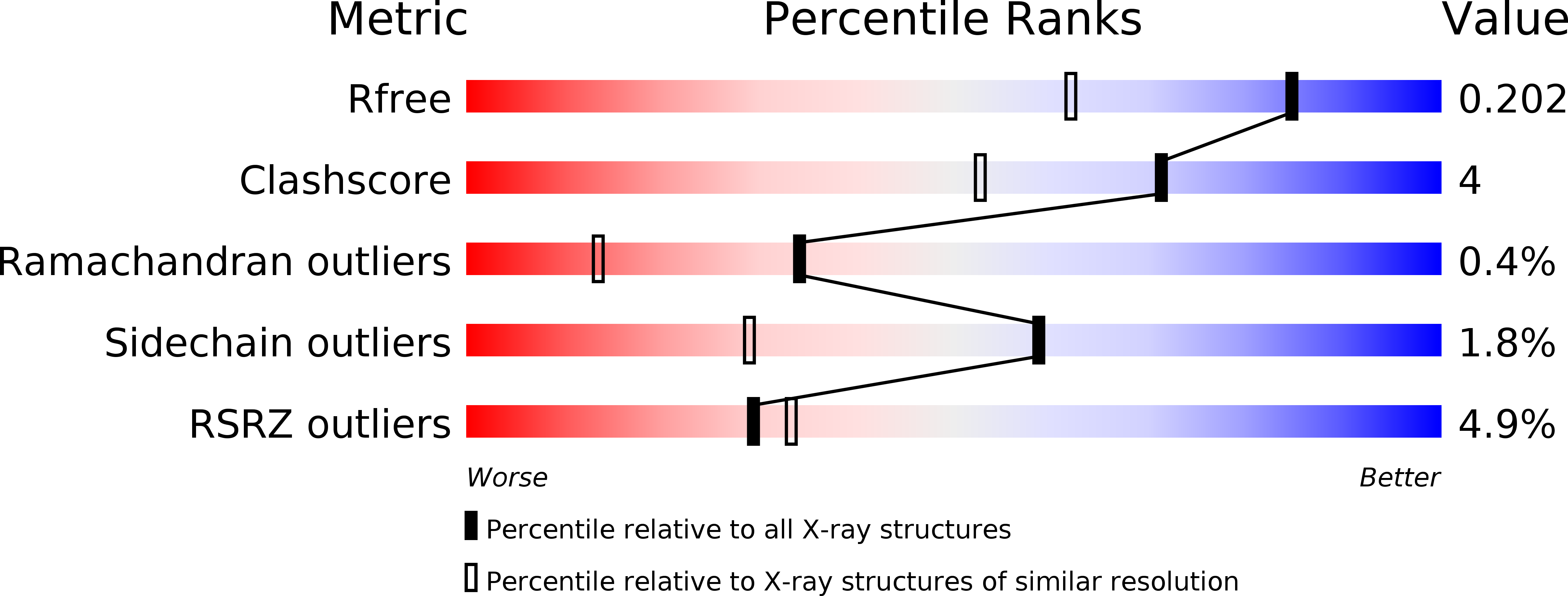
Deposition Date
2004-04-02
Release Date
2004-06-03
Last Version Date
2023-12-13
Entry Detail
PDB ID:
1V0T
Keywords:
Title:
Phospholipase D from Streptomyces sp. strain PMF soaked with the product glycerophosphate
Biological Source:
Source Organism:
STREPTOMYCES SP. (Taxon ID: 172564)
Method Details:
Experimental Method:
Resolution:
1.53 Å
R-Value Free:
0.18
R-Value Work:
0.15
R-Value Observed:
0.15
Space Group:
P 1 21 1


